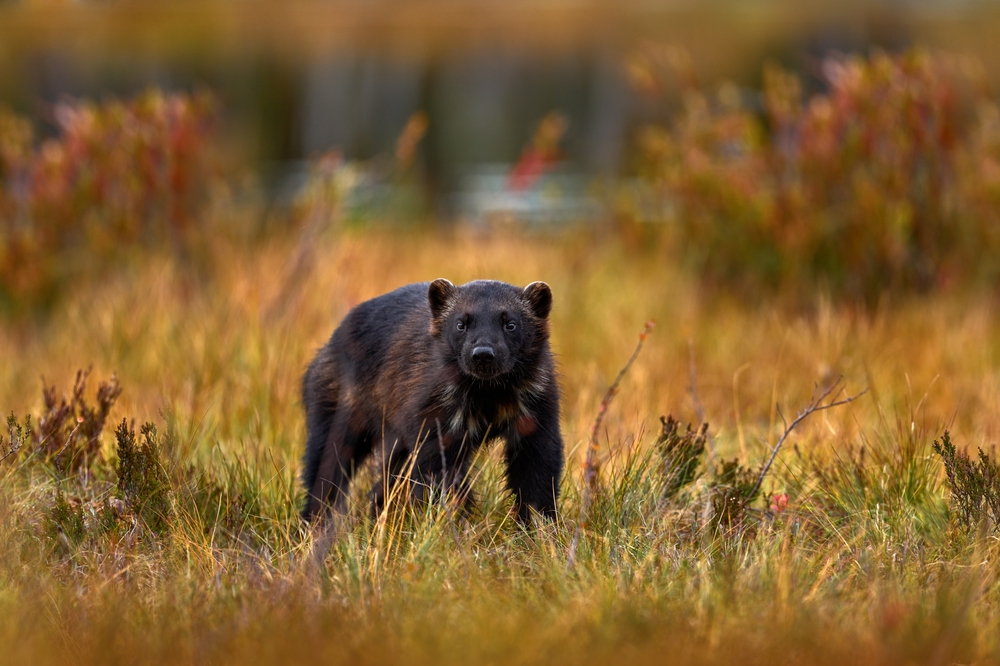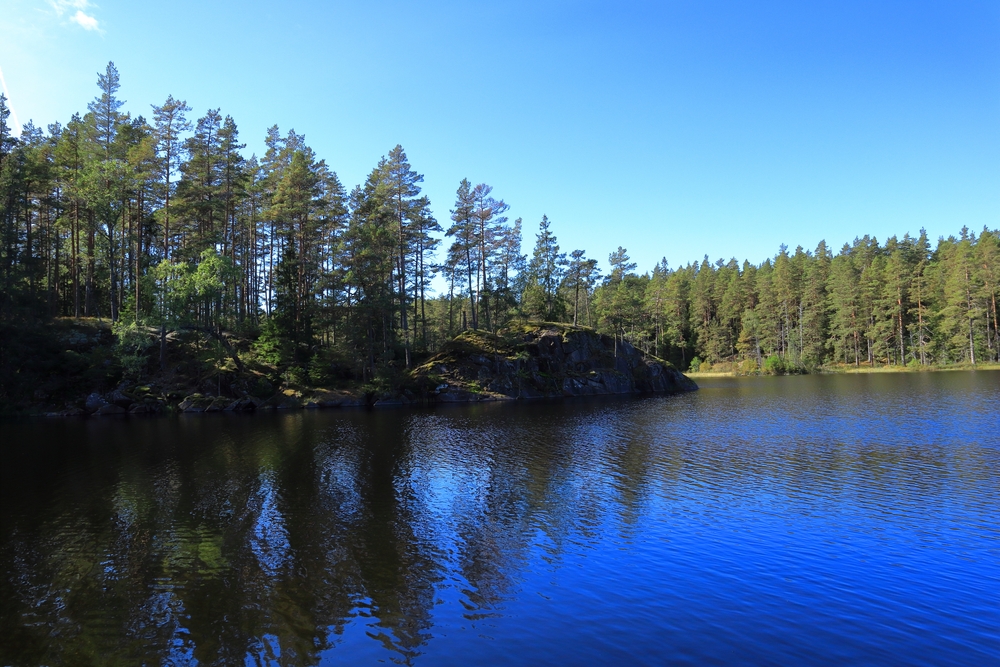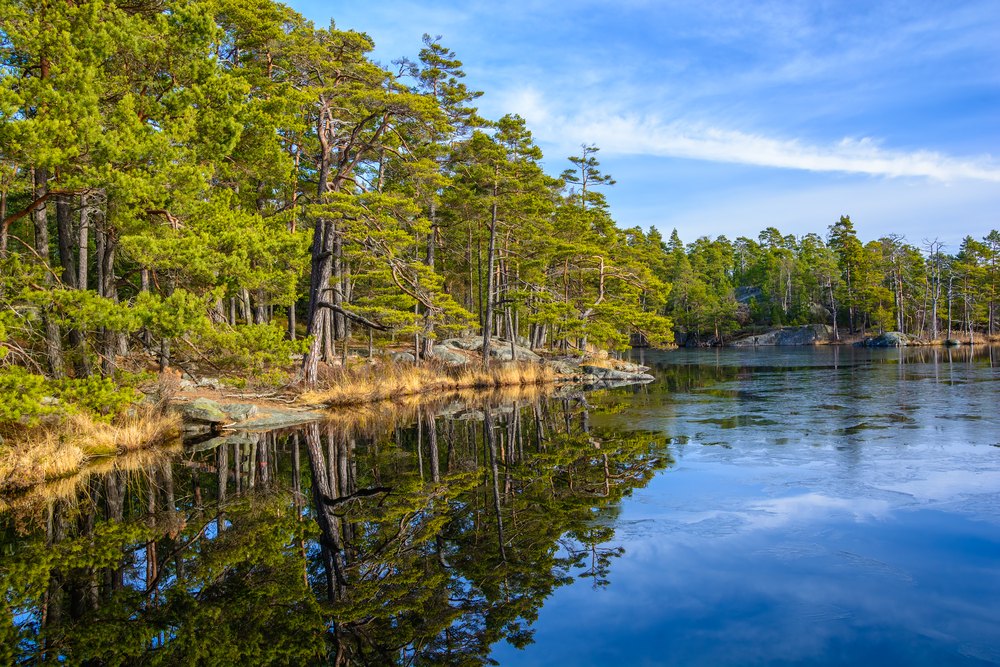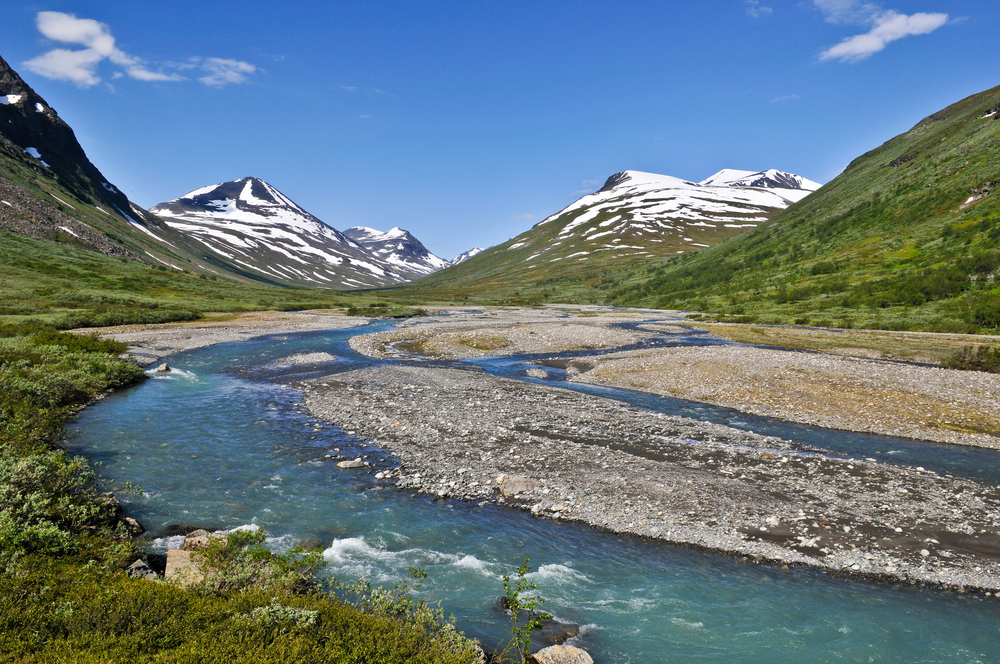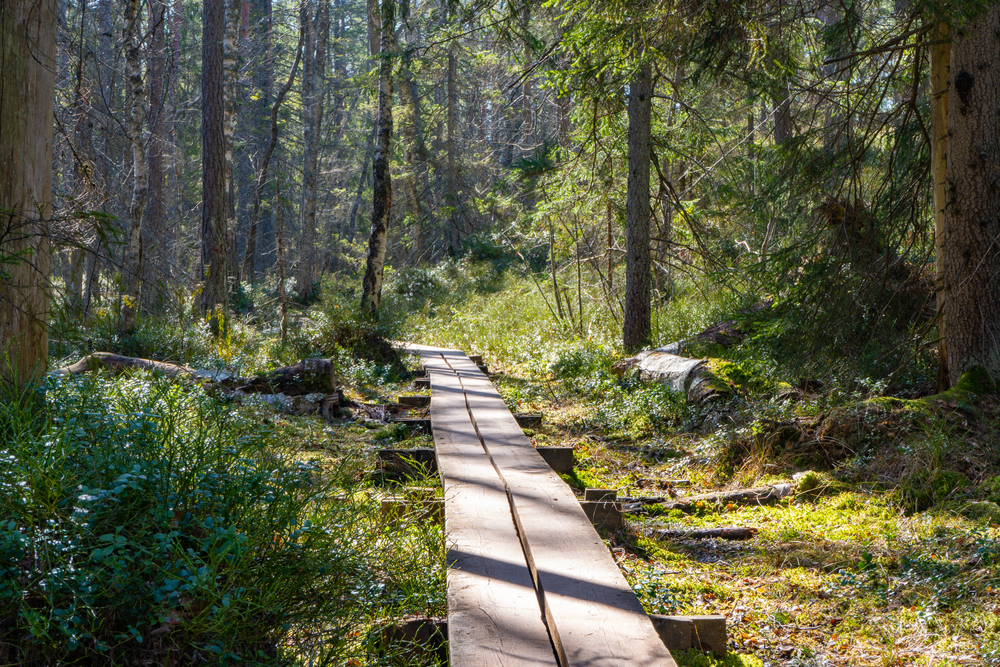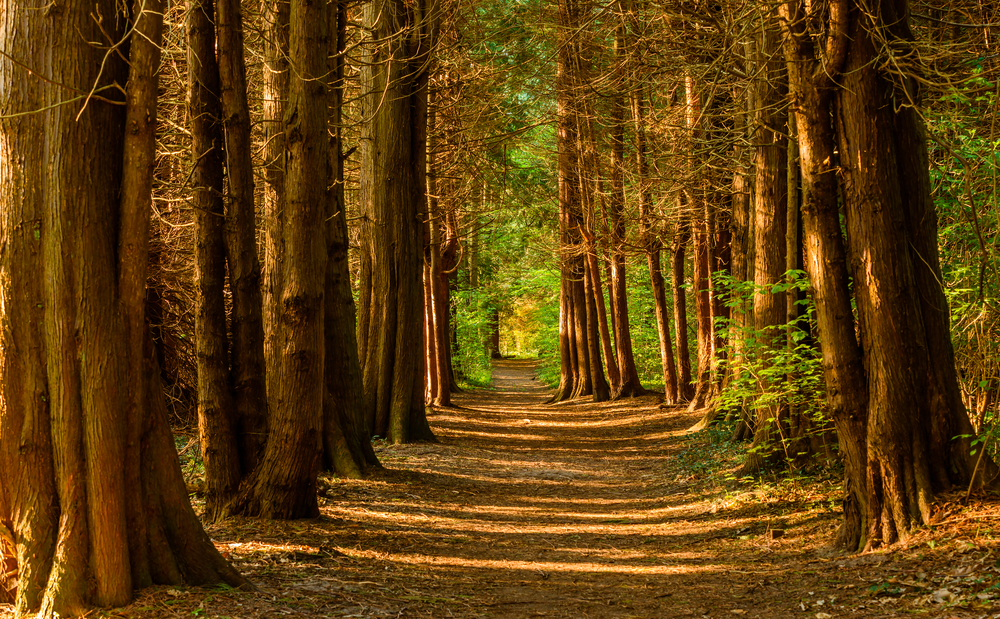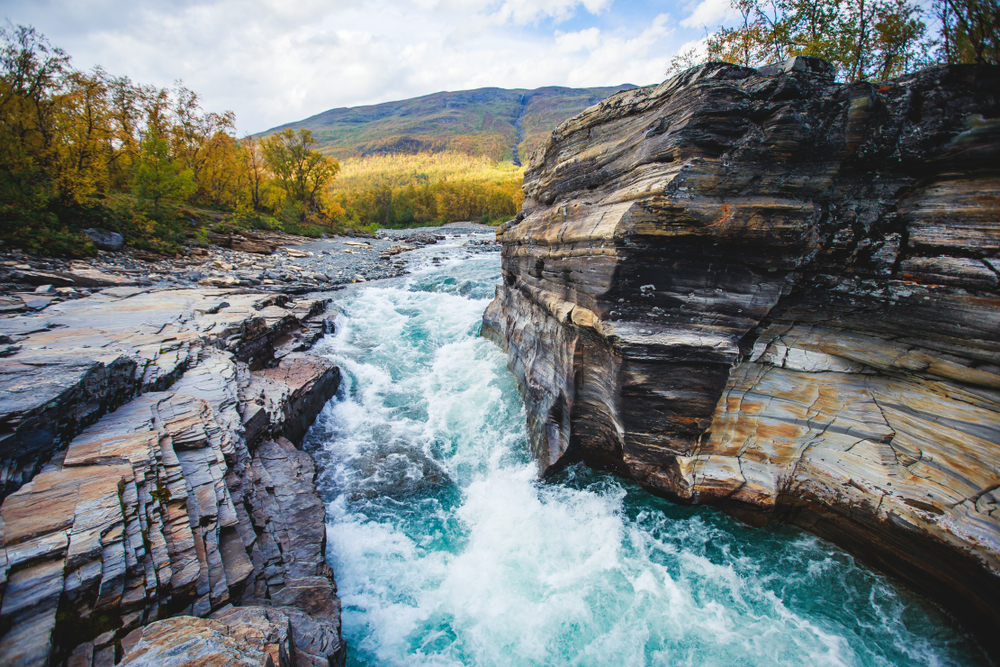Tofsingdalen Overview
Tofsingdalen National Park, known as Tofsingdalen Nationalpark in Swedish, is a remote and rugged wilderness area located in west-central Sweden within the province of Dalarna.
Covering approximately 15.1 square miles (39.2 square kilometers), the park is part of the larger Långfjället Nature Reserve and is positioned near the border with Norway. Tofsingdalen is characterized by its harsh and undisturbed landscapes, making it one of Sweden’s least-visited national parks.
The park’s remoteness and difficult access contribute to its pristine and untouched nature, offering visitors a glimpse of an unspoiled alpine environment.
The terrain of Tofsingdalen National Park is dominated by a high-altitude valley with steep mountain slopes, rugged plateaus, and scattered boulder fields. This unique landscape was shaped by glacial activity, leaving behind deep-cut ravines and exposed bedrock.
The park features sparse vegetation, largely due to its harsh climate and high elevation. The dominant plant life consists of hardy alpine flora, such as dwarf birch, cloudberries, and various lichens and mosses that cling to the rocky ground.
Scattered pine and spruce forests are found in some lower-lying areas, particularly along streams and small lakes, but much of the park remains an open, windswept tundra. The largest watercourse running through the park is the Storån River, which carves its way through the valley and feeds into the larger river systems of the region.
Despite its harsh conditions, Tofsingdalen supports a variety of wildlife, including species well adapted to the northern alpine environment. Among the most notable mammals found in the park are the elusive wolverine, lynx, and brown bear, all of which are rare but occasionally seen in this isolated area.
Moose are more commonly spotted, as they roam the forests and wetlands in search of food. Smaller mammals, such as red foxes and mountain hares, also inhabit the park. Birdwatchers can enjoy sightings of golden eagles, rough-legged buzzards, and willow ptarmigans, all of which thrive in the park’s high-altitude habitats. The area is also home to several species of owls and woodpeckers that frequent the more forested sections of the park.
One of the most remarkable features of Tofsingdalen National Park is its near-total absence of human development. There are no marked trails, cabins, or visitor centers, making it a true wilderness destination for those seeking solitude and an unfiltered connection with nature.
The park is popular among experienced hikers and backcountry enthusiasts who are comfortable navigating challenging terrain with limited facilities. Visitors typically explore the park by foot, often using the nearby Långfjället Nature Reserve as a starting point before venturing into the park’s rugged landscapes.
Winter visitors can engage in backcountry skiing, though conditions can be severe, requiring proper preparation and experience.
Tofsingdalen National Park faces conservation challenges related to climate change, which is altering the delicate alpine ecosystems and affecting species distributions. However, the park’s remote location has largely protected it from human impact, ensuring that its pristine nature remains intact.
The Swedish Environmental Protection Agency continues to monitor the park’s biodiversity while maintaining its status as a designated wilderness area where nature is left to evolve without human interference.








































































